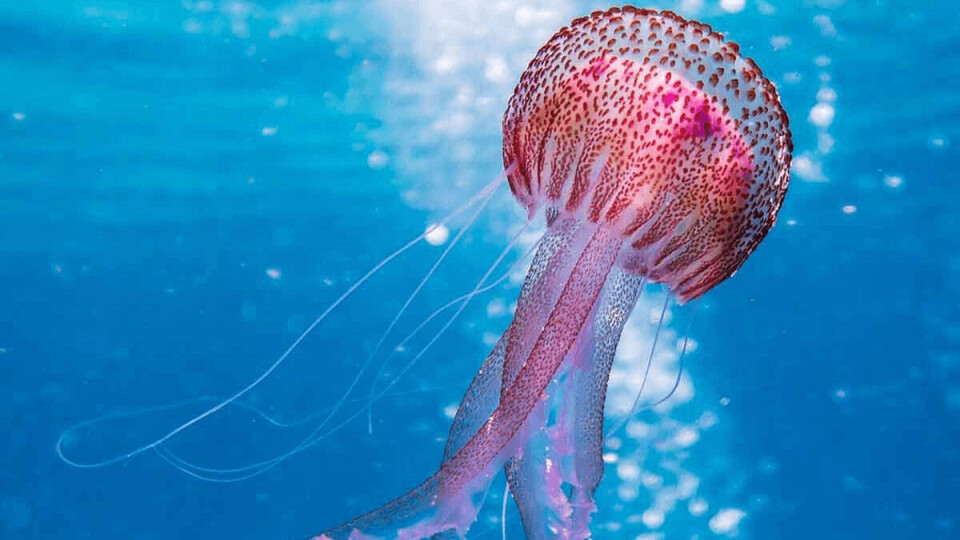
Researchers look at ‘pest’ jellyfish as fish feed source
Species of jellyfish considered a pest in Europe’s beach holiday hotspots are being looked at as a potential source of functional feed for farmed fish.
The H2020 GoJelly project “Gelatinous Solution for Pollution from Plastics”, led by researchers from the Madeira Oceanographic Observatory (OOM), seeks to develop, test and promote a gelatinous solution that will be processed as raw material from jellyfish to serve as a filter for the contamination by microplastics, and also looks at how biomass from the process can be used to produce feed for aquaculture, reports mispeces.com.
Carlos Andrade, biologist and researcher at the Interdisciplinary Center for Marine and Environmental Research (CIIMAR) and member of the Madeira Ocean Observatory (OOM) explained that the research team is mapping jellyfish in the North Sea, in the Eastern Mediterranean and in the Atlantic. This work will allow data collection on the biology and ecology of the fish species.

Cultivation
The information collected by this project will be used to improve the fishing techniques of these species and to identify the ideal conditions for their cultivation.
Specifically, the project will study three species of jellyfish that are considered pests in some European regions.
“We are doing domain work on these species in very small-scale cultivation. Our mission here is to try to introduce these jellyfish into animal food in aquaculture, reducing the pressure on wild fisheries that are normally used as raw material for feed manufacturing,” said the researcher.
Active compounds
In addition to reducing the pressure on the fish species used for aquafeed, the research aims to develop formulas with active compounds that benefit farmed fish growth.
“We are trying to understand if we can get more from the diets, not only ingredients that are typical of these feeds, but also some active compounds that may be present in jellyfish that favour the growth of fish, and that can be introduced into foods that include jellyfish flour.”
The project is funded with €6 million from the Horizon 2020 Programme of the European Commission, and involves the participation of 15 institutions in Germany, Norway, Italy and China.























































